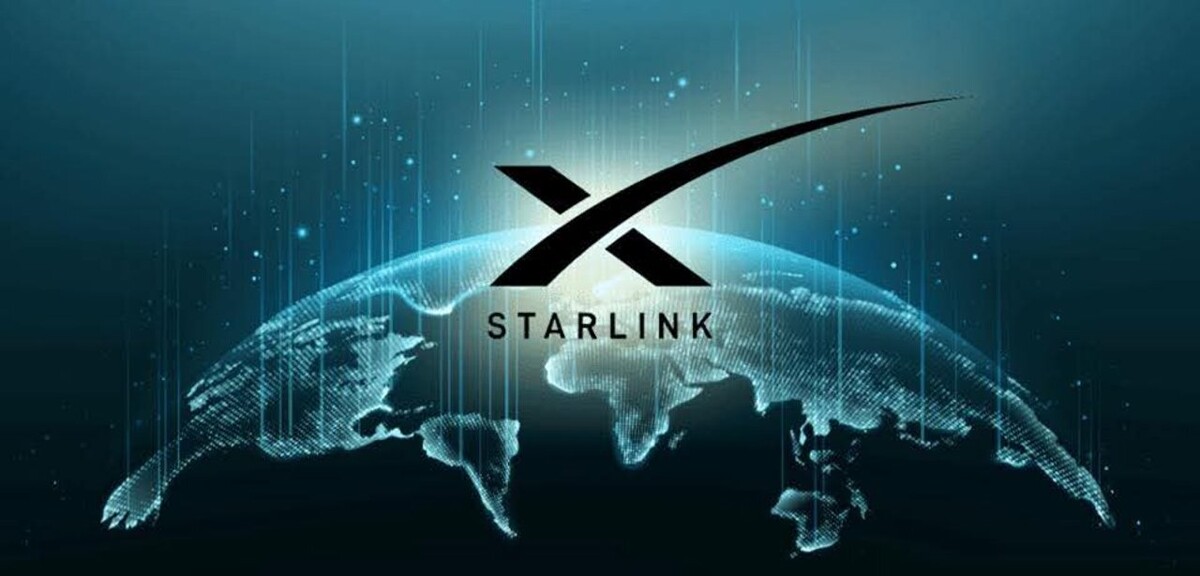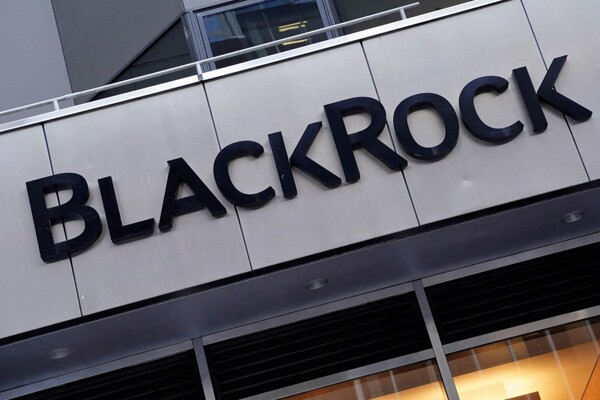
The testing phase of Starlink on mobile devices is already underway in countries like the United States, Chile, and Peru. This system, made up of thousands of satellites in low orbit, aims to improve communication in remote areas where traditional internet options are not available. In future phases, voice calls and internet access are expected to be incorporated, providing high-speed connections to millions of users worldwide.
Starlink has the ideal design to provide internet access in rural and remote areas without traditional terrestrial infrastructure. In the initial phase, free connection for basic functions is offered, with plans to add voice calls and navigation in the future. This will revolutionize global connectivity by deploying a constellation of satellites that provide internet access in hard-to-reach areas.
The Starlink network will be available for certain mobile devices starting in July 2025. Compatibility with popular brands such as Apple, Google, Motorola, and Samsung has been confirmed. Initially, devices will be able to access messaging, real-time location, and emergency calls. Subsequently, coverage will be expanded to text messages and contact with emergency services for users without having to rely on a nearby mobile phone tower.
The connection process to Starlink will be automatic on compatible devices, allowing users to connect to the satellite network when they are out of range of traditional mobile networks. This technology is expected to significantly improve communication in areas with limited or nonexistent telecommunications infrastructure, offering global connectivity in remote and hard-to-reach places.














